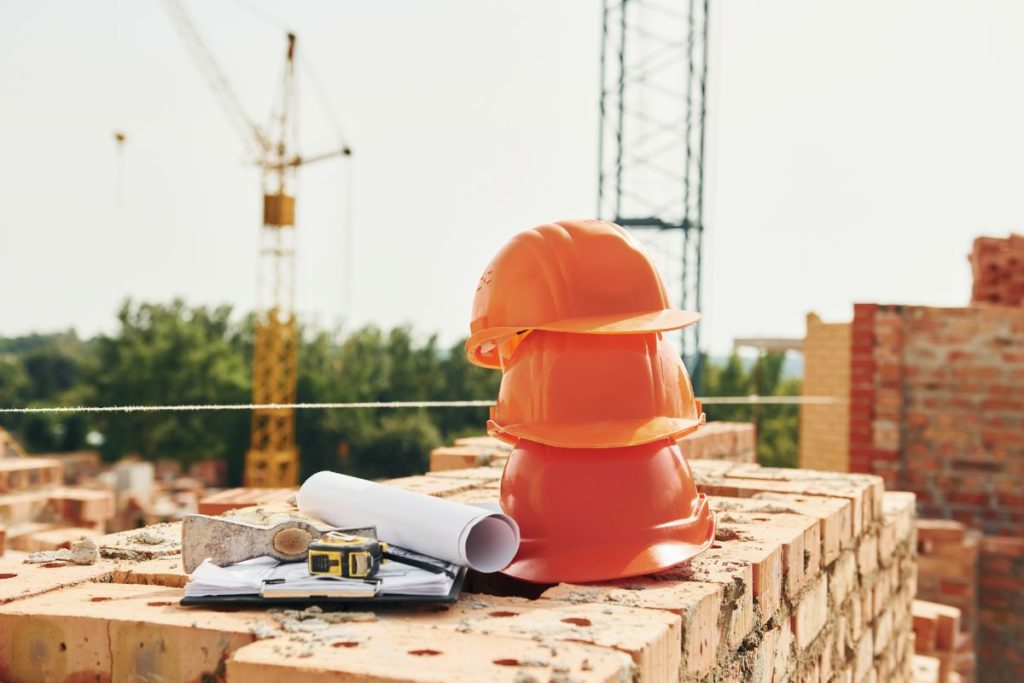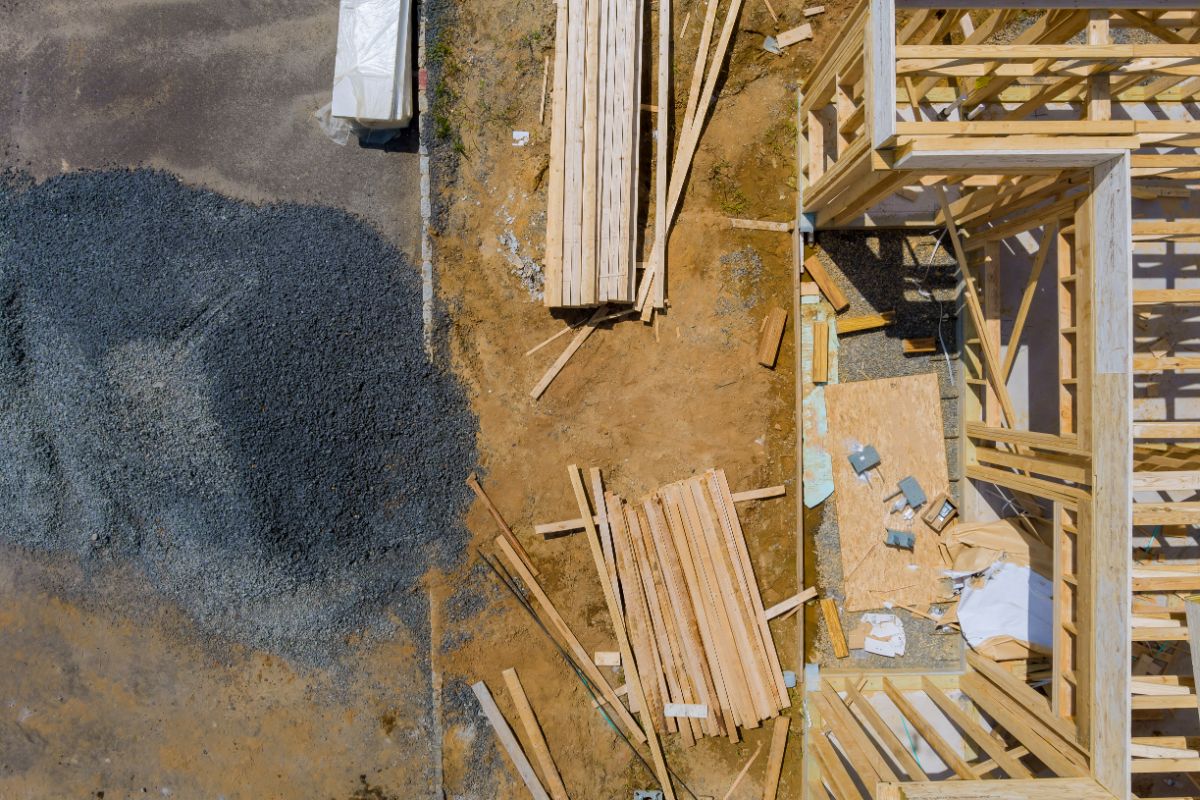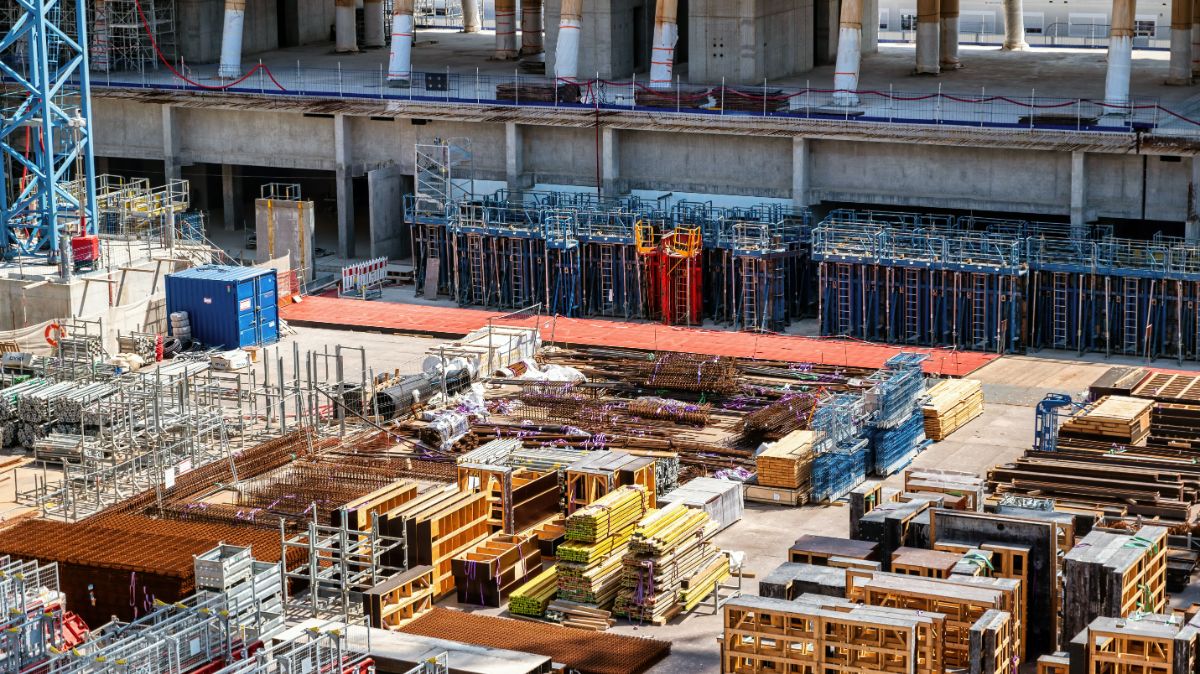Construction Supplies 101: A Beginner’s Guide

Overview
- Proper storage practices, considering climate and organization, are crucial for maintaining supply integrity.
- Examples include storing lumber in ventilated areas and using labeled containers for smaller tools.
- Safe handling techniques, such as proper lifting and awareness of weight limits, protect individuals and prolong the lifespan of supplies.
The idea of bringing your ideas to life can be very exciting as you start your journey in your new construction project. However, for those new to this field, the variety of tools and equipment can be overwhelming.
In this article, we will guide you through the basics of construction supplies, tools, and essential care practices, providing useful insights to help you navigate the complexity of the ever-changing world of construction.
What Are the Different Types of Construction Supplies?

A wide range of supplies and materials are essential for carrying out successful projects. From lumber and concrete to steel and insulation, each type of construction supply plays a critical role in creating safe and durable structures. Here are some of those:
Basic Construction Materials
- Concrete – Known for its durability and versatility, concrete serves as the foundation of construction projects. Its composition and applications are fundamental in creating sturdy and long-lasting structures.
- Steel – Renowned for its strength and malleability, steel provides essential structural support in construction, and is crucial for an efficient and robust building project.
- Wood – Timeless and reliable, wood offers a blend of aesthetics and functionality in construction, making it essential for both traditional and modern building practices.
Specialized Construction Materials
- Insulation – Essential for energy efficiency and climate control, insulation materials are crucial for creating comfortable and sustainable living spaces, ensuring optimal building performance.
- Waterproofing – Understanding various waterproofing solutions is vital for the longevity of construction projects, as it preserves the integrity of the building. It also protects structures from water damage, including dampness and mold.
- Adhesives and Sealants – They provide bonding and sealing solutions for construction and enhance the precision and durability of the work, making them indispensable for various building applications.
Basic Tools and Equipment Used in Construction
The successful execution of any construction project relies on the effective utilization of a range of fundamental tools and equipment. Here are some of the essential items used in construction activities.
- Hammers – These are versatile tools used for driving nails, shaping materials, and performing tasks that require controlled force. They provide precision and efficiency in construction tasks, allowing for accurate and consistent results.
- Screwdrivers – Indispensable for installing and removing screws, common in construction projects, making sure that you have the right tool for the job so you can save time and effort.
- Pliers – Essential for gripping, bending, and cutting materials. With various types available, including needle-nose, slip-joint, and lineman’s pliers, pliers serve a specific purpose, providing versatility and adaptability in construction tasks.
- Drills – Powerful tools that facilitate boring holes into materials, allowing for the insertion of fasteners. There are also different drill types, such as corded and cordless, which all enhance precision and efficiency in construction work, speeding up the process and reducing effort.
- Saws – Come in various types, each saw is designed for specific cutting applications. That is why it is essential to know first what you need so you can achieve clean and accurate results, improving overall quality and productivity.
- Nail Guns – Expedite the process of driving nails into surfaces, significantly increasing efficiency, making them invaluable tools on the job site, reducing manual labor, and saving time.
How to Properly Store and Handle Your Construction Equipment and Supplies?

Following proper storage practices is crucial to maintain the integrity of your construction supplies. Consider factors such as climate and organization to ensure optimal conditions, whether you’re storing materials on-site or in a warehouse.
For instance, store lumber in a covered area with ventilation to prevent warping and rotting. At the same time, keep smaller tools and equipment in labeled, organized containers to reduce the risk of damage and make them easily accessible when needed.
Equally important is adopting safe handling techniques for your construction materials and equipment. Learn proper lifting techniques to prevent strain and injury, and be aware of weight limits to avoid overloading.
As you implement effective storage solutions and adopt safe handling techniques, you can ensure the longevity and functionality of your materials while promoting a safe work environment.
Key Takeaway
Navigating the world of construction as a beginner may seem daunting, but with the right knowledge of the basics of construction supplies, it becomes an empowering journey.
If you want to take your construction projects to the next level, Metal Exponents is your gateway to excellence. Discover the fundamentals of construction supplies with us, from sturdy steel to cutting-edge alloys. Reach out today to unlock a world of top-quality materials and elevate your projects to new heights.


